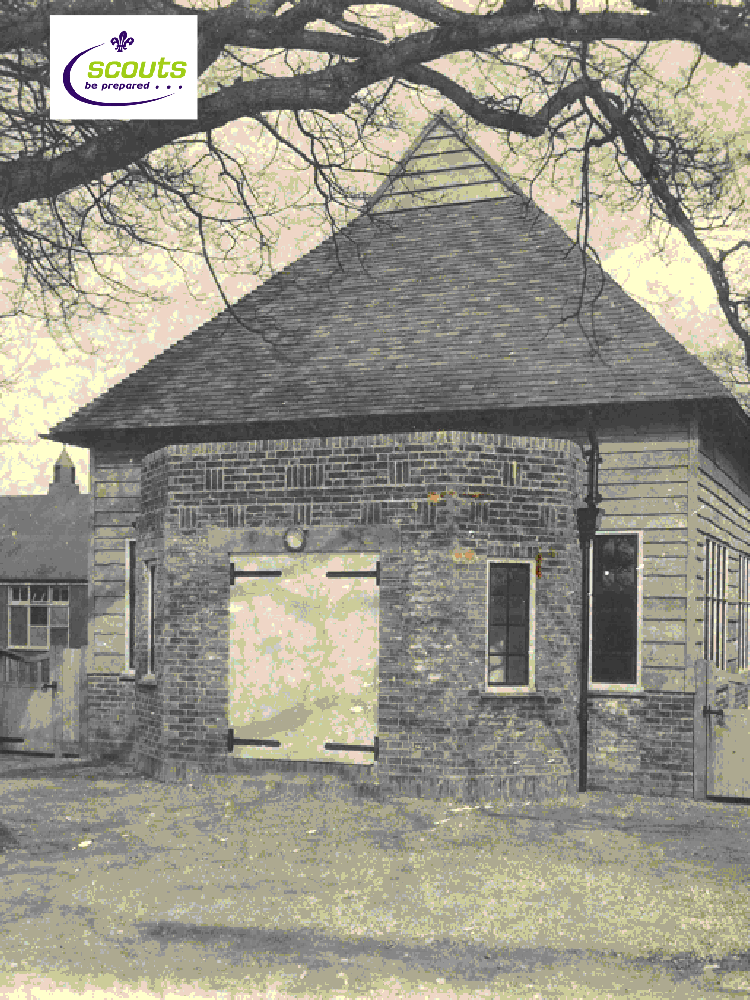
1st East Grinstead Scout Group
Centenary 1908 - 2008
From here we went to the Cathedral, one of the most historical cathedrals of England. We saw the huge pillars of stone and examples of architecture unequalled by our architects of to-day.
There are also wonderful carved tombs, some cut from marble and some from ordinary stone.
Leaving the cathedral. We went up to the castle, where the most interesting sight was a huge oaken table top which is, according to legend, King Arthur's Round Table. Around its edge are written all the names of his Knights. This enormous table hangs on the castle wall inside a huge hall.
On the following morning we continued our journey to Salisbury, passing through the New Forest, where we stopped to see the Rufus Stone. This is a monument supposedly marking the spot where King Rufus was shot by a stray arrow. Emerging from the Forest, many old houses were spotted. Some in Tudor, some in Old Georgian style, Some of the old cottages still had thatched roofs, small windows and large chimneys. When nearing Salisbury we suddenly came in sight of the lofty Cathedral spire which towers 404 feet into the air.
On arrival in Salisbury, we took our rooms in the Red Lion Hotel. After lunch we visited the Cathedral and were lucky enough to get the Clerk of the Works to show us round. We were all deeply impressed by the huge granite pillars and tall majestic arches. There were tombs covering noted people, carved out of solid stone by skilled craftsmen many years ago. The top of the spire is only 18 inches from the perpendicular although it is 404 feet high. It is the highest spire in England. The present Cathedral was started in 1220 and it took five years to build it is 473 feet in length and 203 feet across one transept. The height of the nave is 81 feet. The wall, which surrounds the close on three sides, was built in 1331 with stone brought from the Cathedral at Old Sarum. Old Sarum is the original town and is some two miles from Salisbury. Some of the 13th Century stained glass still remains, but much has gone and has been replaced by modern glass. The cloisters are said to be the largest in England. The Chapter House (was built about the 13th Century and has around its walls the story of the Bible in pictures, up to the giving of the Law.
In the evening we put up a Gym Show in a small hall, showing the elementary exercises first and the more advanced ones after. On Saturday morning we left for Swindon. En route we went to see Stonehenge, on Salisbury Plain. The huge blocks of stone are many feet high and have stood for hundreds of years and their exact occurrence is a mystery to this day. The Plain stretches for miles around and is dotted with huge mounds of earth called "Barrows," which are supposed to he old tombs of Chieftains in olden times. On arrival at Swindon we occupied rooms at the Coventry Hotel. We were invited to tea with Mr. Bird, the District Commissioner. In the evening we gave another display in a School Hall. We had a very appreciative audience, some of whom tried their hand at the gym after we had finished. Mr. Goldsmith soon showed them that it was not so easy as it looked.